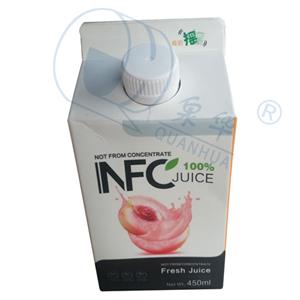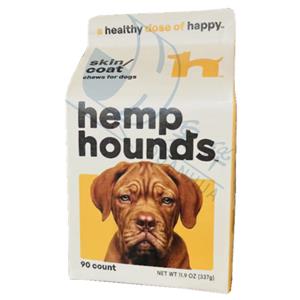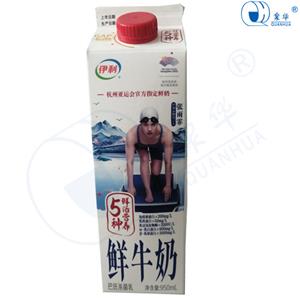What are the differences between PET and PVC plastics?
The most significant differences between PET and PVC plastics are their environmental and health impacts. PET is generally considered the more eco-friendly option as it is easier to recycle and has a lower overall environmental footprint. In contrast, PVC production and disposal generate more harmful pollutants and pose greater health risks due to chloride emissions and the use of toxic additives. Functionally, PET plastics are lightweight and transparent, making them ideal for food and beverage packaging. PVC plastics offer greater and heat resistance, making them suitable for packaging materials that require rigidity and strength. Which raw materials are better for packaging: PET vs. PVC When comparing and PVC packaging, the choice ultimately depends on your product's specific needs, costs, and environmental considerations. Based on costs, PET is about 20% than PVC. PET is the more eco-friendly option and is perfect for food and beverage applications with recyclable packaging, offering transparency and lightweight benefits. PVC, while and cost-effective, comes with environmental risks. For companies focusing on sustainability, PET is the winner. However, if strength and cost are your primary concerns, PVC still be the way to go. In general, PET is the better option for sustainable packaging. So, choose the right product for your specific needs




